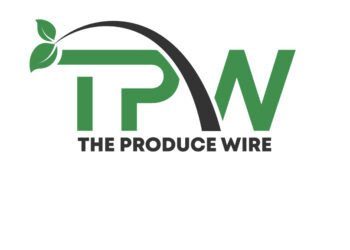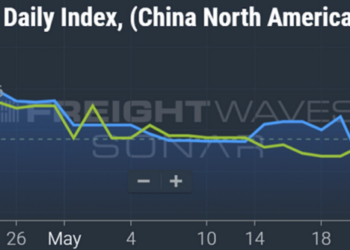Consumer sentiment plunges to lowest level since 2022
Recent consumer sentiment data released by the University of Michigan points to continued deterioration as fears of inflation and higher unemployment are set against a backdrop of tariffs. Consumer sentiment fell 11% from 64.7 points to 57.9 points. The declines were consistent across all groups by age, education, income, wealth, political affiliation and geographic region. This is the third consecutive decline in consumer sentiment and the lowest level since 2022.
Surveys of Consumers Director Joanne Hsu said in the release: “Many consumers cited the high level of uncertainty around policy and other economic factors; frequent gyrations in economic policies make it very difficult for consumers to plan for the future, regardless of one’s policy preferences.”
Inflation expectations for the year ahead surged 4.3% m/m, the highest reading since November 2022, “marking three consecutive months of unusually large increases of 0.5 percentage points or more.” Long-term inflation expectations also surged, up 3.5% in February to 3.9% in March, the largest m/m increase since 1993.
Carrier lease-purchase programs: A pragmatic approach
In a recent Overdrive editorial, David Owen, president of the National Association of Small Trucking Companies, argues that while some carriers have indeed exploited drivers through predatory lease-purchase agreements, many companies offer the programs as legitimate pathways to truck ownership and entrepreneurship for drivers.
The article was inspired by the recent recommendation by the Federal Motor Carrier Safety Administration’s Truck Leasing Task Force to eliminate carrier lease-purchase programs.
Owen contends that a ban on such programs would exceed regulatory authority and harm the industry as a whole.
“Let’s regulate and legislate from a positive perspective rather than a negative one that represents an unattainable goal of perfection,” Owen writes, advocating for a more balanced approach that doesn’t penalize responsible carriers for the actions of a few bad actors.
Owen points out that lease-purchase agreements have been part of the trucking landscape since deregulation in the 1980s, providing opportunities for drivers who might not otherwise have access to vehicle ownership. He acknowledges that some companies have “pushed the envelope” with predatory practices but argues that many more have designed their programs to genuinely help drivers succeed.
FTR January truckload conditions fall amid tough comps
FTR Transportation Intelligence recently released its Trucking Conditions Index for January, which saw a decline of 2.56, almost a mirror image of its December increase of 2.67. The index represents five major conditions in the U.S. full truckload market combined into a single index that gauges fleet behavior.
FTR cites higher diesel prices, weak freight rates, and less volume and utilization as part of the unfavorable overall market conditions for January. There was one positive, which was the cost of capital.
Avery Vise, FTR’s vice president of trucking, commented: “January proved to be tough for carriers as we anticipated. Although we still forecast an improving market for trucking companies in the months ahead, we remain very concerned that the great uncertainty introduced by tariffs – and especially the lack of clarity over scope and timing – will chill activity and investments that drive freight demand. We do not see any impetus for further significant declines in capacity, so carriers will need stronger volumes to tighten the market and set the stage for stronger freight rates.”
The Routing Guide: Links from around the web
The Home Depot grows its flatbed distribution network (Trucking Dive)
ArcBest takes on TL freight to fill empty capacity (FreightWaves)
Kal Freight bankruptcy staying under Chapter 11, allaying fears of chaotic exit (FreightWaves)
Year-Over-Year Auction Pricing Remains Positive (J.D. Power)
No Prebuy Surge: Trump Admin Scraps Costly Truck Regulations (FreightWaves)
Could a sun protection device improve driver retention? (Commercial Carrier Journal)
The post EPA gives trucking OEMs whiplash with emissions rule rollback plan appeared first on FreightWaves.














